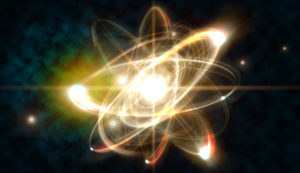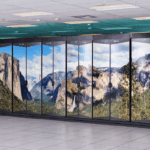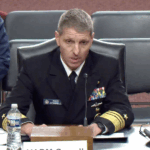
The roughly 1% annual increase the Joe Biden administration proposed for civilian nuclear weapons programs is “minimally sufficient” to keep warhead and bomb modernization on track in 2022, but maybe not beyond, a joint Pentagon-Department of Energy nuclear acquisitions group told Congress in a letter dated Friday. The Biden request of roughly $20 billion for the Department of Energy's National Nuclear Security Administration (NNSA) in fiscal year 2022 “meets immediate, known nuclear weapons stockpile and Stockpile Stewardship Program requirements for…

 By
By 











